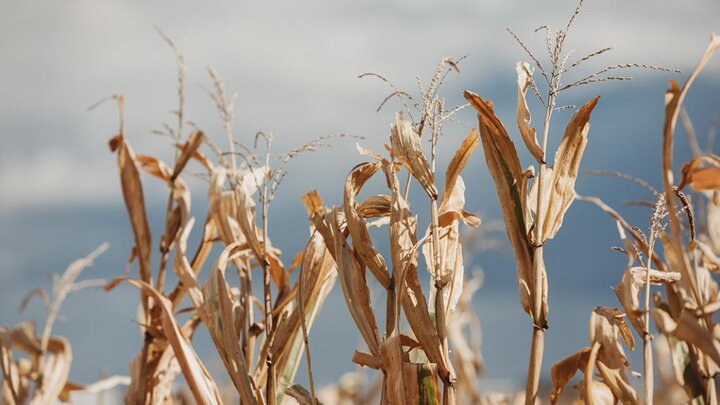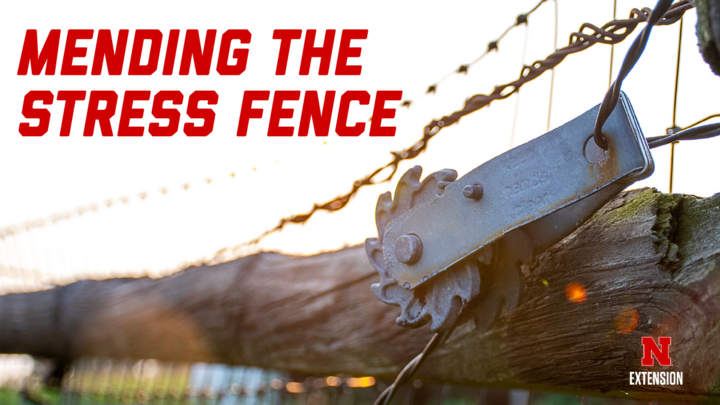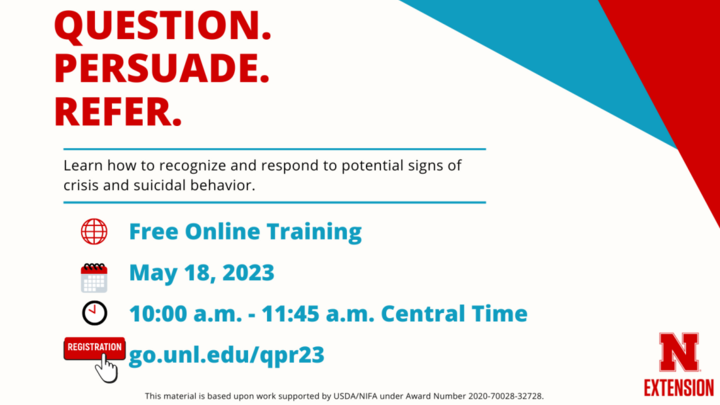With the ongoing drought, I decided to examine how this not only impacts our crops, pastures, landscapes, and lawns, but the stress it causes communities and people. The National Drought Mitigation Center, based out of the University of Nebraska, provides a summary of impacts drought has in our lives. We all need water for different things in our lives, from growing crops to washing dishes, doing laundry, and recreational uses.
Drought has a ripple effect throughout the community and economy. For example, if a farmer’s yields are way below average and have a larger cost of production because of the need to irrigate more frequently, that results in less income for that farmer. A ripple effect related to that might be less purchases at an implement dealer or other farm-related businesses. If enough farmers lose their crops, those businesses might feel the impacts, potentially causing more negative impacts in the community. The same can be said for livestock producers.
UNL’s Drought Mitigation Center also points out there are usually economic, environmental, and social impacts in drought conditions. Economic impacts of drought cost people and businesses money. In the example described above, when farmers and ranchers are struggling that usually creates economic stress for various businesses in the community. This could cause an issue with people having to pay more for food as well.
Environmental impacts can shrink food and drinking water supplies for fish and wildlife, lead to a migration of wildlife, an increase in wildfires, result in wind erosion of soils, create a loss of wetlands and cause an increase in disease within wild animals, because of food and water supplies. There will also be lower water levels in reservoirs, lakes, and ponds.
Social impacts of drought include public safety, health concerns, conflicts between people when there isn’t enough water to go around and changes in lifestyle. Drought can cause anxiety or depression about economic losses, health problems related to dust, a threat to public safety from an increased number of range fires, and reduced incomes. Fewer recreational activities might impact a family’s normal outings and if severe enough, people may have to move from farms to towns or from one town to another to be economically viable.
While there isn’t much we can do about drought, there are resources available on the Nebraska Department of Agriculture’s website at nda.nebraska.gov/drought. Some of the many resources included are the Hay & Forage Hotline, Farm Service Agency Emergency programs, etc. Nebraska also has the Rural Response Hotline which can assist with financial assistance, legal assistance, disaster relief and emotional support. It can be accessed at farmhotline.com or 800-464-0258. Nebraska Extension's Rural Family Stress and Wellness Team promotes the health and wellness of all Nebraskans and has resources available at ruralwellness.unl.edu.
This article was published on Views from VanDeWalle, a site featuring updates from Brandy VanDeWalle, a Nebraska Extension educator in Fillmore and Clay Counties.



